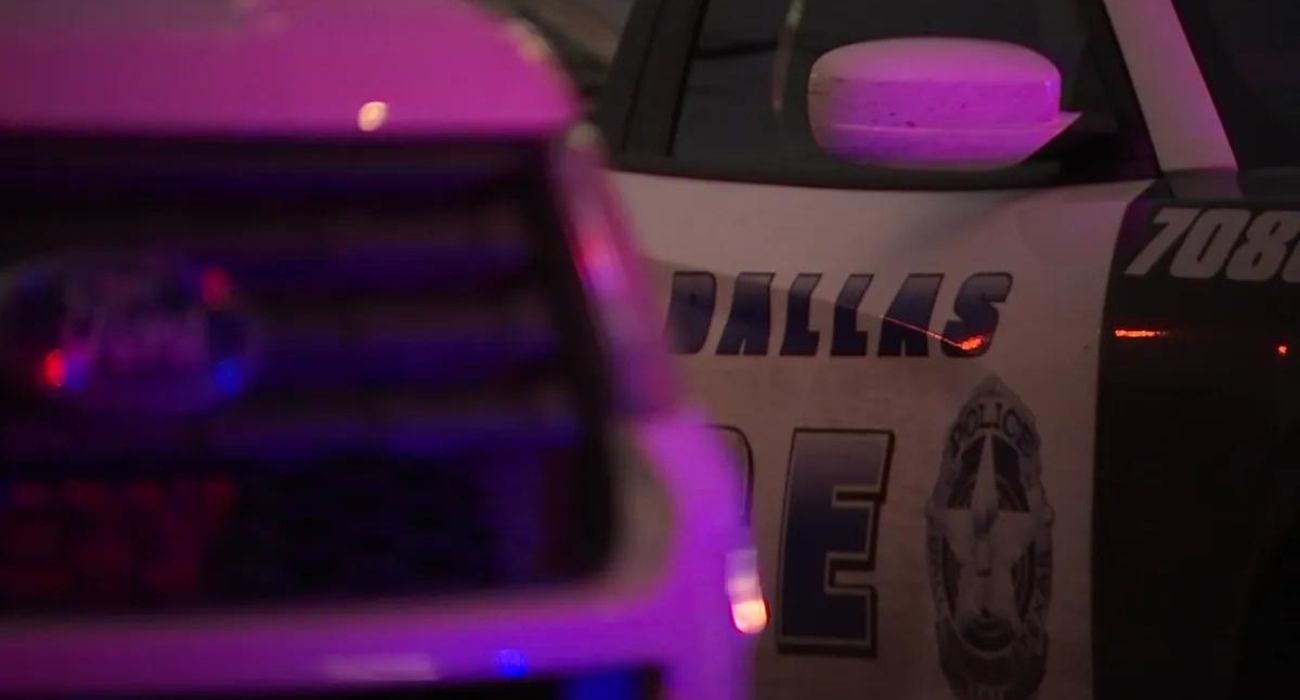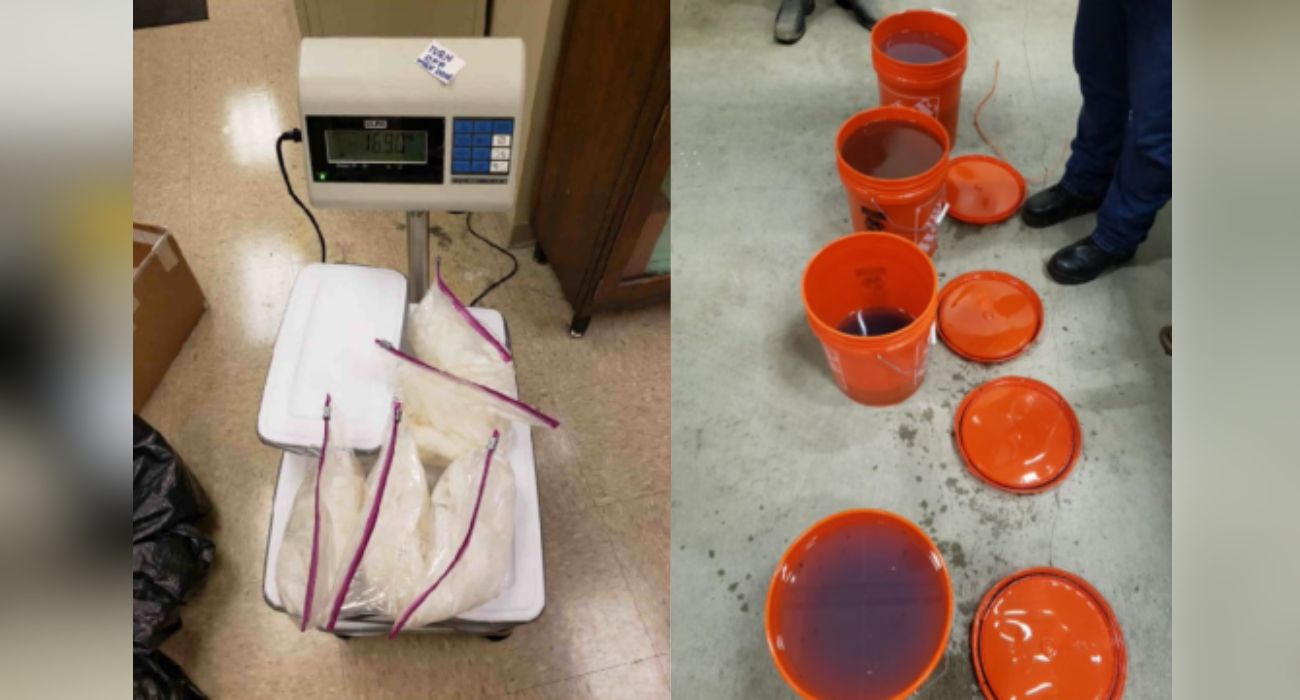Council Member Jesse Moreno of District 2 claims that crime in Deep Ellum has decreased since the Dallas Police Department and the Deep Ellum Foundation teamed up with City officials to implement a specialized public safety plan for the area.
The prevalence of crime in the entertainment district has drawn media attention in recent years, in large part due to relatively frequent shootings and other violent incidents that have left neighborhood residents and visitors on edge.
“Deep Ellum is just as safe as any other neighborhood in the city of Dallas,” Moreno claimed at a luncheon in May, according to WFAA.
Moreno’s comments came two months after a brazen double murder at a Deep Ellum bar was caught on camera in March, the same month his council district logged the most reported crimes of any in Dallas.
Asked whether crime has actually decreased in Deep Ellum, DPD directed The Dallas Express to file an open records request.
Even as the veracity of Moreno’s claims could not immediately be verified, however, available evidence suggests that the combined efforts of community members and DPD have yielded some results in terms of improving public safety in one of Dallas’ highest-crime neighborhoods.
Civic leaders with the Deep Ellum Foundation teamed up with DPD to develop a crime suppression strategy, which included deploying surveillance cameras to monitor public areas, improving lighting around parking lots, and hiring roughly two dozen off-duty police officers to patrol the neighborhood on busy nights and weekends.
Additionally, following the rash of shootings last year, DPD created a specialized unit dedicated to Deep Ellum, with officers trained in handling some of the repeat issues plaguing the neighborhood. A premium was placed on training and experience with unruly crowds and public drunkenness — two factors that can lead to violent confrontations.
The unit reportedly works four days a week.
“We’ve seen apprehensions increase and people brought to justice much more quickly because we have provided the necessary evidence,” said Stephanie Keller Hudiburg, executive director of the Deep Ellum Foundation, speaking to Fox 4 KDFW last September about the neighborhood’s crime suppression plan.
Local business owner Lilly Benitez told WFAA, “We’re going to do everything we can. We’re taking de-escalation classes that the business owners and staff are available to do … [From] a community standpoint, I think we’re doing as much as we can, and always adding more.”
Even if the plan has had a significant effect on crime in Deep Ellum, however, Moreno still represents one of the most crime-ridden districts in Dallas.
In addition to the Oak Lawn neighborhood and some of the area around Dallas Love Field, District 2 includes the southern end of Downtown, a notoriously high-crime area.
As previously reported by The Dallas Express, crime in Downtown Dallas has gotten especially bad in recent years, with frequent auto thefts and car burglaries making the historic district inhospitable to motorists. Assaults, thefts, drug offenses, and destruction of property have also been regular concerns in the neighborhood.
“Dallas proper is having to pay companies [with tax incentives] to come move here. It’s because there’s a greater risk because [the City] doesn’t have crime under control,” said Louis Darrouzet, CEO of the Metroplex Civic and Business Association (MCBA), in a previous interview with The Dallas Express.
MCBA has recently drawn attention to crime rates in Downtown Dallas, noting that they have been orders of magnitude higher than those logged in Downtown Fort Worth, as previously covered by The Dallas Express.
The problem is exacerbated further by DPD’s ongoing staffing shortage. In a recent interview with The Dallas Express, Chief Eddie Garcia suggested, “We need hundreds of more officers in the city of Dallas.” Mike Mata, president of the Dallas Police Association, similarly suggested to the Dallas Observer that 400-500 more officers would be needed to adequately police the city.
Darrouzet also commented on the prevalence of homeless people and vagrants in the area, arguing that the availability of City homeless services draws them.
“They all go to Downtown Dallas because that’s where they can get their needs met. It’s kind of like ‘if you build it, they will come,'” Darrouzet said.
The Dallas Express asked DPD what, if any, concerted effort was being made to get crime under control in Downtown Dallas.
Kristin Lowman, assistant director of media relations for DPD, noted that the department’s Central Business District (CBD) unit is responsible for the policing of Downtown.
“[The unit] is comprised of 24-hour police patrol, this includes uniformed and undercover officers in vehicles and on bikes. CBD police officers work closely with Dallas Area Rapid Transit Police (DART), downtown security directors, and the Downtown Dallas Improvement (DDI) District,” Lowman said in an emailed statement.
“In addition, CBD works closely with the City of Dallas’ Office of Homeless Solutions, Office of Integrated Public Safety Solutions, and also with a number of community resources in the downtown area,” Lowman added.
Whether the City intends to pursue a targeted and coordinated crime suppression plan for Downtown Dallas like that deployed in Deep Ellum remains to be seen.






